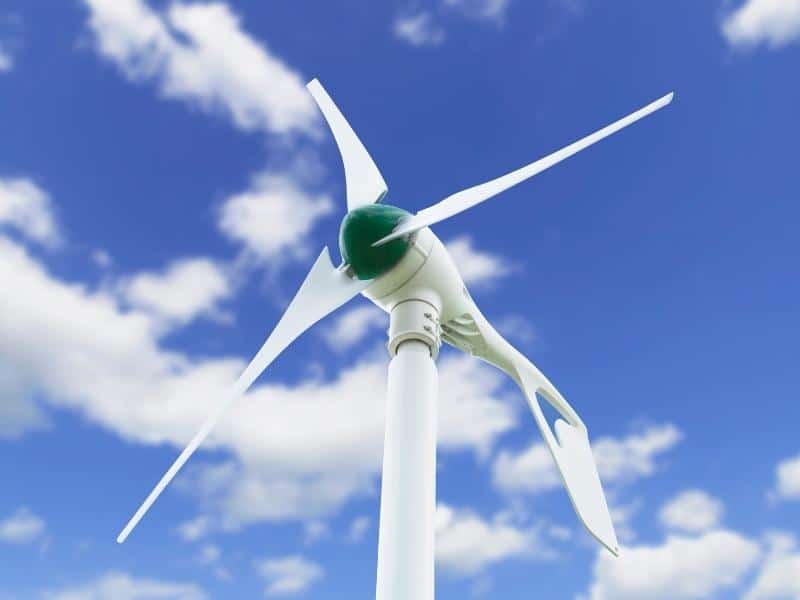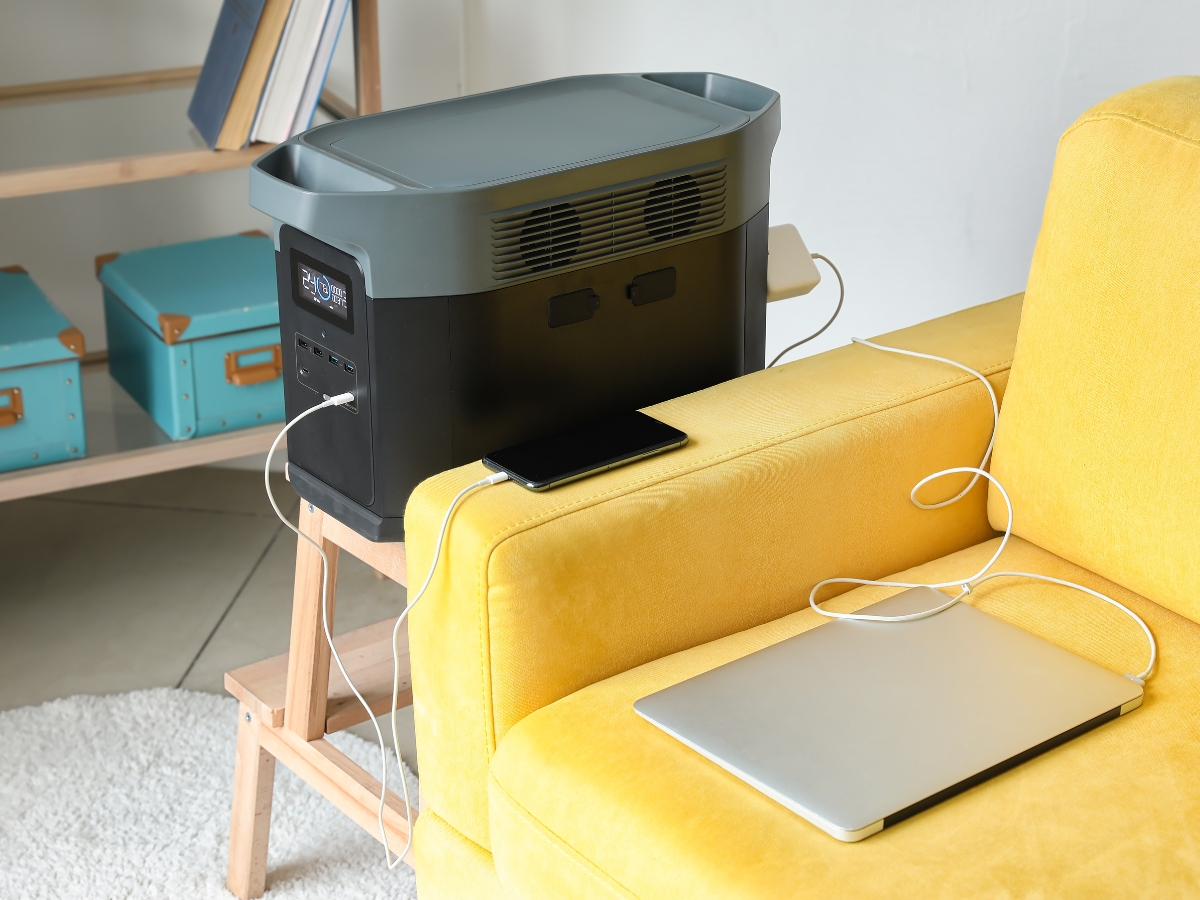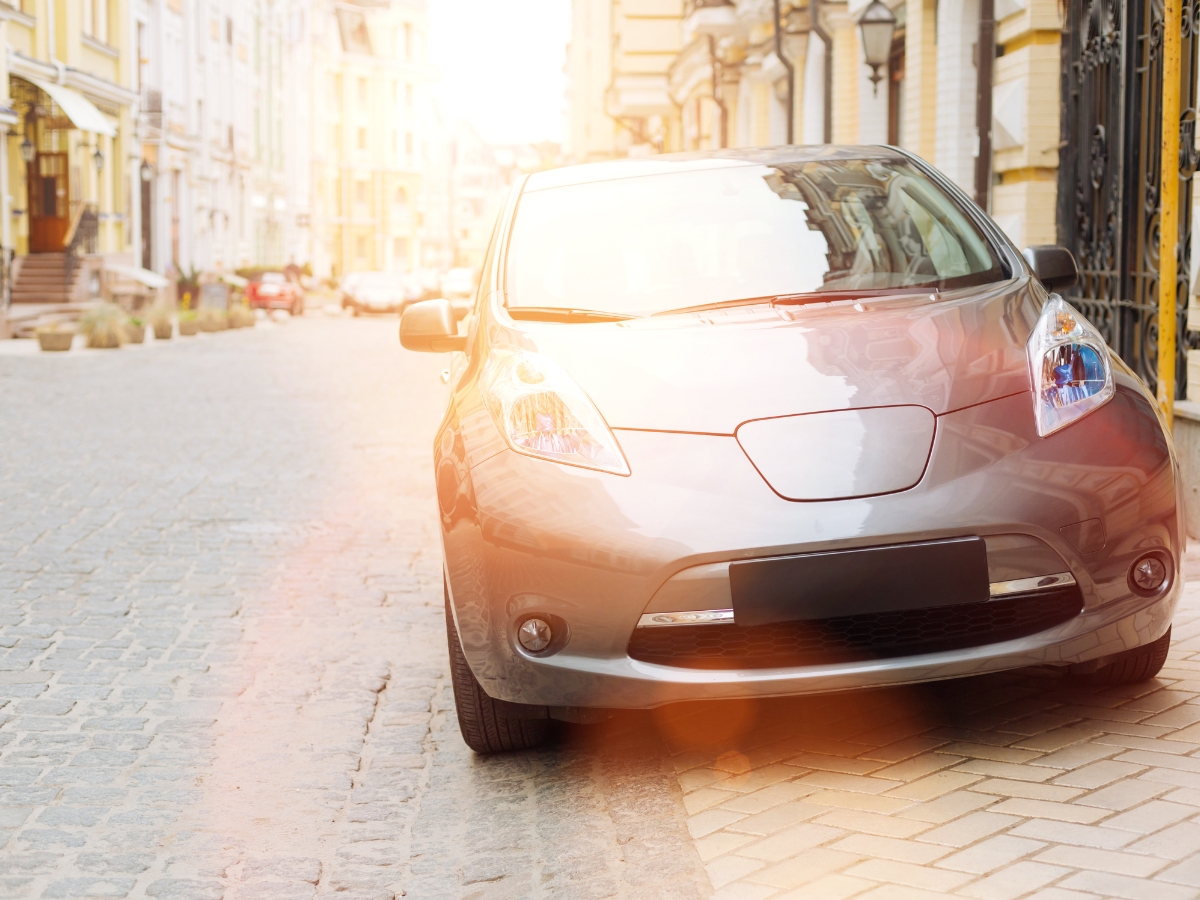As a source of clean, renewable energy, a wind turbine makes for an exciting investment in your home’s future. Turbines rated under 1000 watts come in at the low end of the price spectrum, but what exactly can you power with a 400-watt turbine?
Below, I’ll go over:
- What you can and can’t run on 400 watts
- Different forms of power measurement and why they matter
- Factors affecting turbine power generation
- How to measure wattage in your home
As it turns out, 400 watts may not add up to as much power as you think. But see below all the details about this topic.

What You Can Power with a 400-Watt Wind Turbine
In general, a turbine generating a full 400 watts can run most small electronics and a variety of small kitchen appliances. Exact wattage will always depend on your specific devices and is typically indicated on the label on the back of the appliance.
How much power your wind turbine generates can also vary, however, and that will influence what you can power. I’ll explain that in greater detail in a later section.
Some of the most common appliances and electronics that can run on 400 watts or less include:
- Radios and stereo systems
- CD and DVD players
- LED televisions
- Video game consoles
- Some refrigerators, including mini-fridges
- Desktop computers and laptops
- Inkjet printers, scanners, and fax machines
- Food processors and blenders
- Slow cookers
- Rice cookers
- Electric blankets
- Humidifiers and dehumidifiers
- Most forms of lighting, including ceiling fan
While all these devices can definitely be powered by a 400-watt wind turbine, rated wattage is not the only factor to consider. The actual amount of power used by any of these devices will depend on both their rated wattage and how long they remain on.
Can You Still Run Appliances Rated Higher Than 400 Watts?
You can still appliances and electronics rated at wattages higher than 400 watts depending on how long you run them for because energy usage is measured as wattage over time. I’ll expand on watt-hours below, but here’s a quick example:
Many small appliances require a surprisingly high wattage. Microwaves tend to be rated for 1000 watts, but you typically only use them for a few minutes at a time. A 1000 watt microwave requires a fraction of that power to heat up your leftovers, meaning you could still power it with a 400-watt turbine.
What You Can’t Power with a 400 Watt Turbine
You likely noticed some major absences in the list above. Appliances like ovens or stoves, furnaces, and water heaters require significantly higher wattage to run.
When it comes to these higher-wattage and long-running appliances, you will most likely need a turbine that can produce more power than 400 watts. Some appliances, like refrigerators, also draw extra power when first turned on. You’ll need to take that into account when calculating your power use.
What’s the Difference Between Watts, Amps, and Watt-Hours?
When it comes to talking about your power usage and generation, you first need to understand watts, amps, and watt-hours.
Watts vs. Watt-Hours
Watts measure power, or how much electricity is being used at any given time. Watt-hours measure power over time—so how much electricity is used in an hour. You can calculate watt-hours by multiplying the number of watts by the number of hours.
A 400-watt turbine running at full speed then generates 400 watt-hours of electricity. Typically, you’ll see energy usage in kilowatt-hours. A kilowatt-hour represents 1,000 watt-hours, and you’ll usually see it used to describe yearly energy use.
You can convert between watt- and kilowatt-hours by multiplying or dividing your wattage by 1,000.
Watts vs. Amps
Many appliances list their energy usage in amp-hours and volts rather than watts. Amps (or amperes) and volts measure the flow and strength of electrical current, respectively. Like watt-hours, amps can also be expressed as amp-hours to represent the flow of electricity over time.
To convert from amps to watts, simply multiply an appliance’s amperage by its voltage.
How Much Power Does a 400 Watt Turbine Actually Generate?
If you had hopes of powering your home, a 400-watt turbine won’t cut it. In fact, it likely won’t generate 400 watts consistently.
Unlike a battery or gas generator, the power output of a wind turbine can vary massively depending on its location and weather conditions. This leads to variation in power generation from day to day and even hour to hour.
By design, turbines shut themselves off when wind speeds exceed a certain speed to protect the turbine’s rotor. That means even during high wind conditions, you may experience reductions in power generation.
When calculating how much wattage you need, keep in mind how much wind you can reasonably expect your turbine to get.
When Do Appliances Use Power?
Many electronics and appliances also use power while turned off, which will affect their overall power use and reduce the number of things you can power with your turbine at once.
Called “standby power,” this draw occurs when a device is not performing its main function but still uses power for displays, lights, or to receive signals. For example, your television needs to draw power continuously while “off” so it can pick up the signal from your remote to turn on.
While you can unplug many electronics to cut down on standby power use, that constant pull remains unavoidable for some. When calculating your power usage, consider what devices need to be plugged in all the time and which ones you can unplug to save energy.
How to Measure Power Usage
An electricity monitor can help you determine how much wattage a specific appliance uses. Plug the monitor into a wall socket and plug in any device to the monitor. You can calculate power usage over time in kWh once the monitor has measured power flow to your appliance.
Sources
- “Default Energy Consumption of MELs,” Home Energy Saver/Lawrence Berkeley National Laboratory
- “Power Consumption of Household Appliances,” Generatorist
- “What are the running and surge watts on my refrigeration appliance?” Edgestar
- “How is Electricity Measured?” Union of Concerned Scientists
- “Watt Hour Vs. Amp Hour,” Sciencing
- “Unit 4: Energy Through Our Lives-Part II, Section F. Watts, Volts, and Amps, Oh My!” University of Wisconsin, Stevens Point
- “How Do Wind Turbines Survive Severe Storms?” Department of Energy
- “Frequently Asked Questions (FAQs),” Standby Power/Lawrence Berkeley National Laboratory




